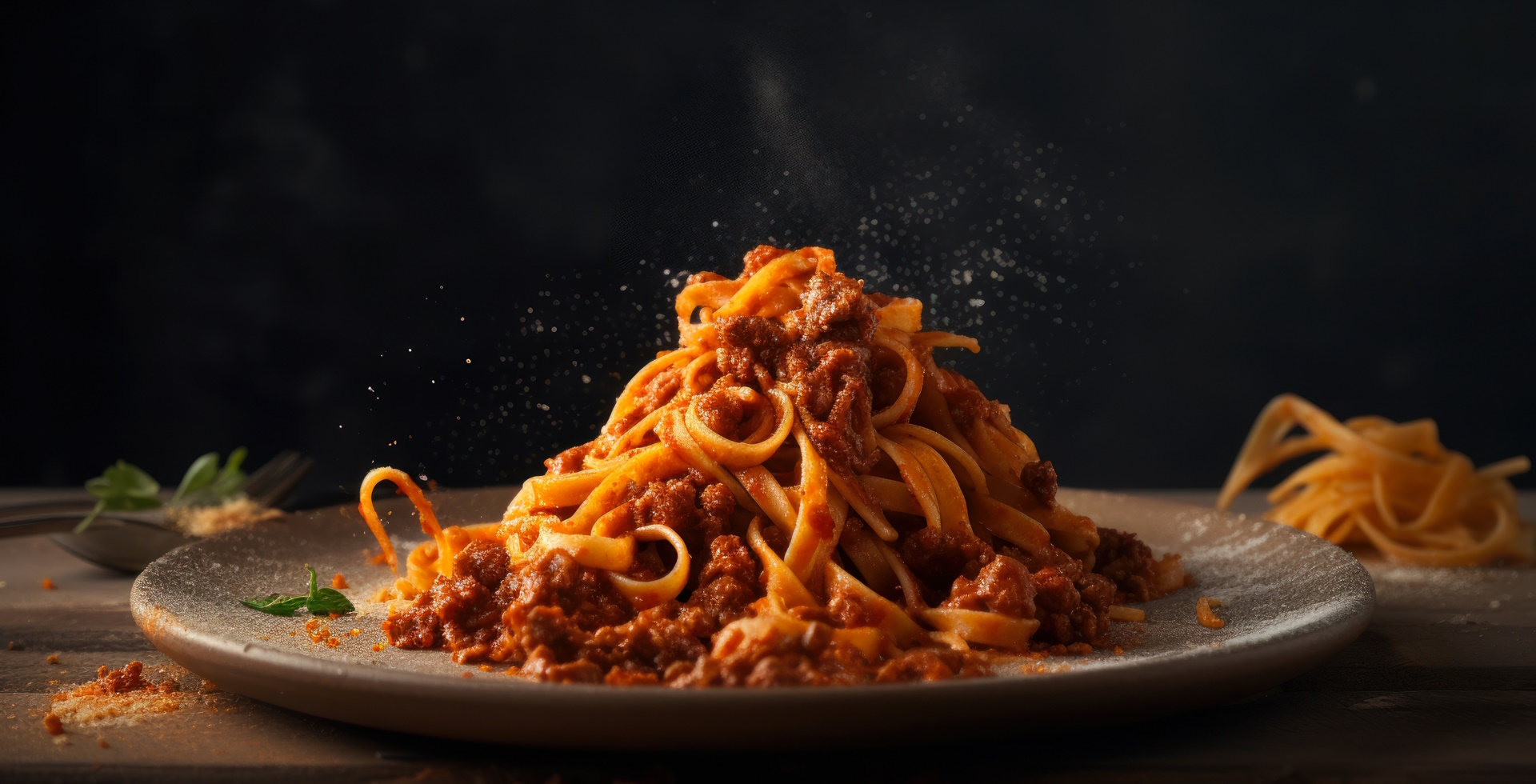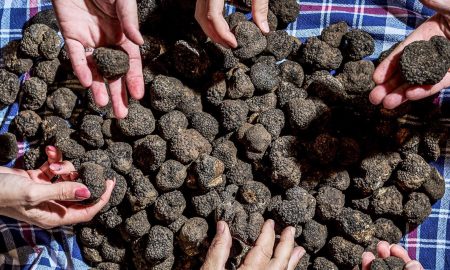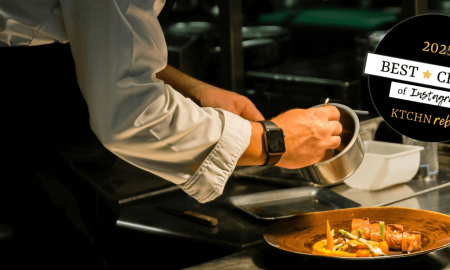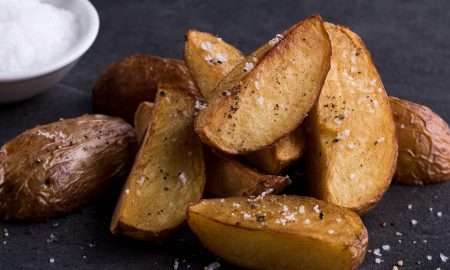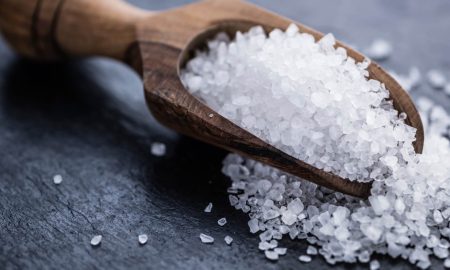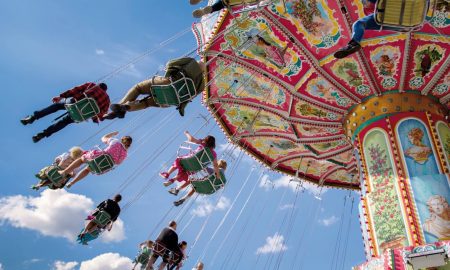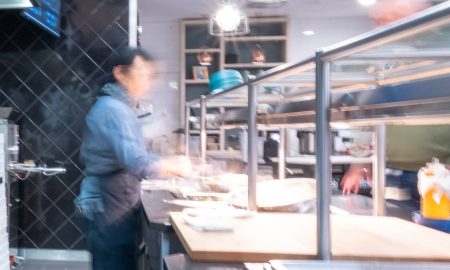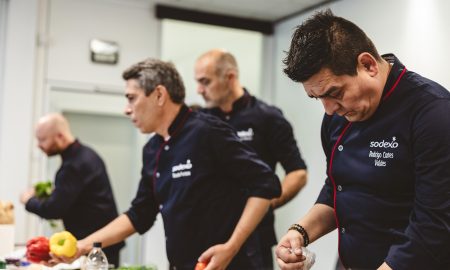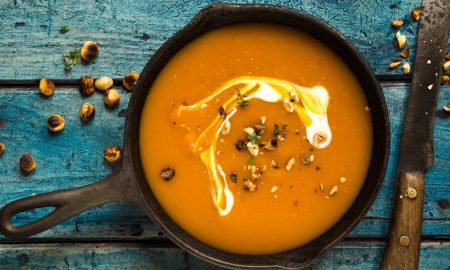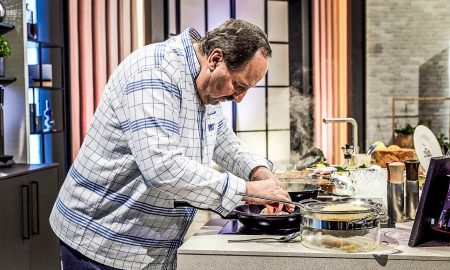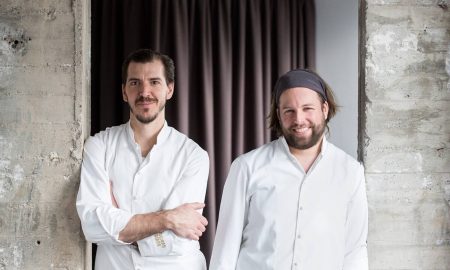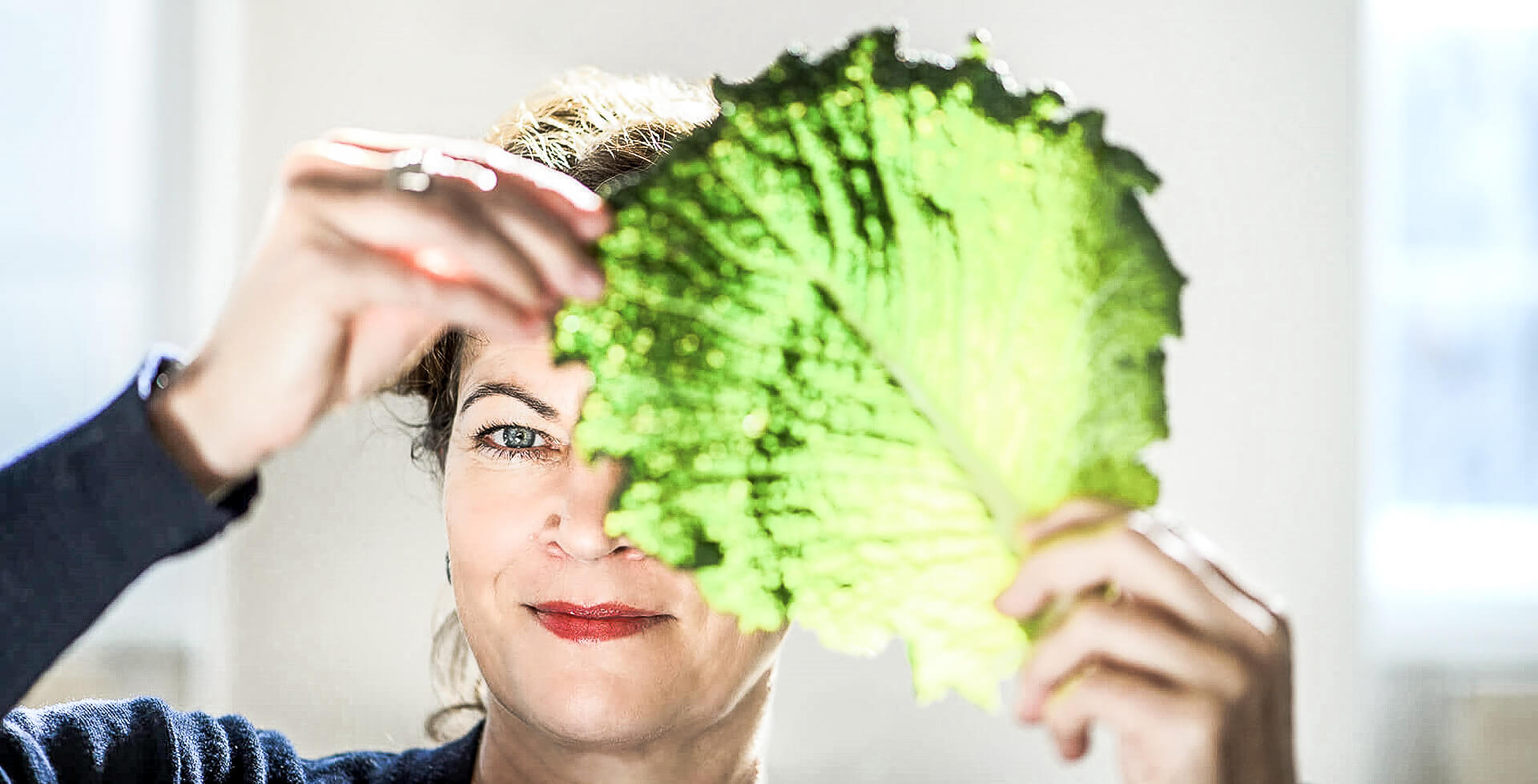But before we get into the craziest and best pasta stories , there’s one question we need to answer: who actually invented the dish that is a favorite of so many? This question has always been hotly disputed. And as with so many things, it depends on who you ask.
The history of pasta
The first mentions of pasta eating do not come from Italy and ancient Rome, as one might expect – instead, they come from China. To be more precise, these mentions date back to the year 5,000 BC. According to legend, the famous explorer Marco Polo introduced pasta to Italy in the 12th century. The first known mention of pasta comes from Sicily in 1154. But again, this also depends on who you ask. In Italy, people like to refer to historical records that show pre-Roman civilization was already making a type of pasta in 500 BC.
What is certain, however, is that there are now around 600 different types of pasta and twice as many names for them. Almost as many stories are told about them. We’ve thrown the most extraordinary pasta stories into a pot and are serving them al dente, with the right bite – and garnished with serving suggestions that probably won’t suit everyone’s taste.
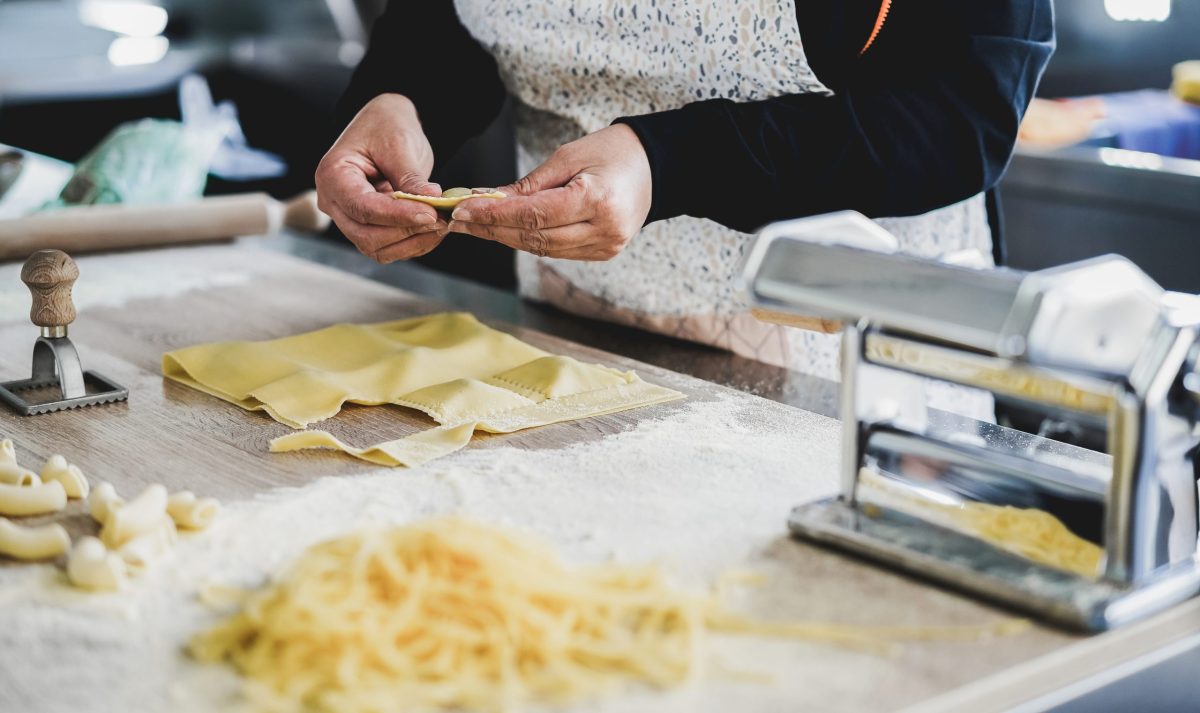
Image: AdobeStock
Pasta di Gragnano – the world’s best pasta?
Travel guides like to claim that no bad pasta can be found anywhere in Italy. However, anyone who has ever stumbled into a tourist trap in Rome, Florence and the like would probably disagree. Nevertheless, the world’s best pasta comes from Italy, namely from Gragnano near Naples. In the small town with a view of Mount Vesuvius, there were once over a hundred pasta makers, but today there are only twelve. For centuries, Gragnano’s economy was built exclusively on pasta, and the quality of this pasta still enjoys an exceptionally high status. Only the best Italian durum wheat semolina from the first extraction (i.e., only the heart of the wheat grain) and the water from the region’s clear springs are contained in genuine “Pasta di Gragnano”.
This term has been protected by the European Union with the quality seal PGI (protected geographical indication) since 2013. In the past, the ingredients were pressed through traditional bronze molds and dried for a long time at low temperatures – up to 72 hours at a maximum of 48°C, to be exact. Interestingly, this process remains largely unchanged today. The secret to many of the best pasta in the world? Simplicity and a lot of patience. There’s another interesting pasta story here: Gragnano also makes the self-named “largest pasta in the world” – An 11 cm caccavelle.
Su Filindeu – the rarest pasta
Have you ever heard of a pasta called Su Filindeu? No? No wonder, because these so-called “threads of God” are considered to be the most complex and rarest pasta in the world. Wafer-thin, Su Filindeu are arranged in three layers until a delicate honeycomb is formed. The dough must be pulled by hand and stretched over a round board using a mixture of skill, speed and strength.
This is a highly complicated production that only three women in Sardinia have mastered to the fullest. The pasta, which was originally only eaten on church holidays and with sheep broth and pecorino, is therefore at risk of dying out. Luckily, thanks to Slow Food, the international organization that preserves the heritage of a country’s typical cuisine, more and more young chefs are becoming interested in this rare and elaborate pasta.
Sieh dir diesen Beitrag auf Instagram an
#BarbiePasta
Even a classic like pasta is not immune to trends, especially since platforms like Instagram and TikTok came along. For example, it was only a matter of time before the Barbie hype of the past year and a half also reached the plates and told its own pasta story. A recipe is trending under the hashtag #BarbiePasta, especially in the US, which is popular for its bright pink color as well as its simplicity. For the sauce, simply mix together beetroot, pine nuts and feta – and the Barbie sauce is ready. Admittedly, there are more meaningless trends in the country of burgers and Mac and Cheese.
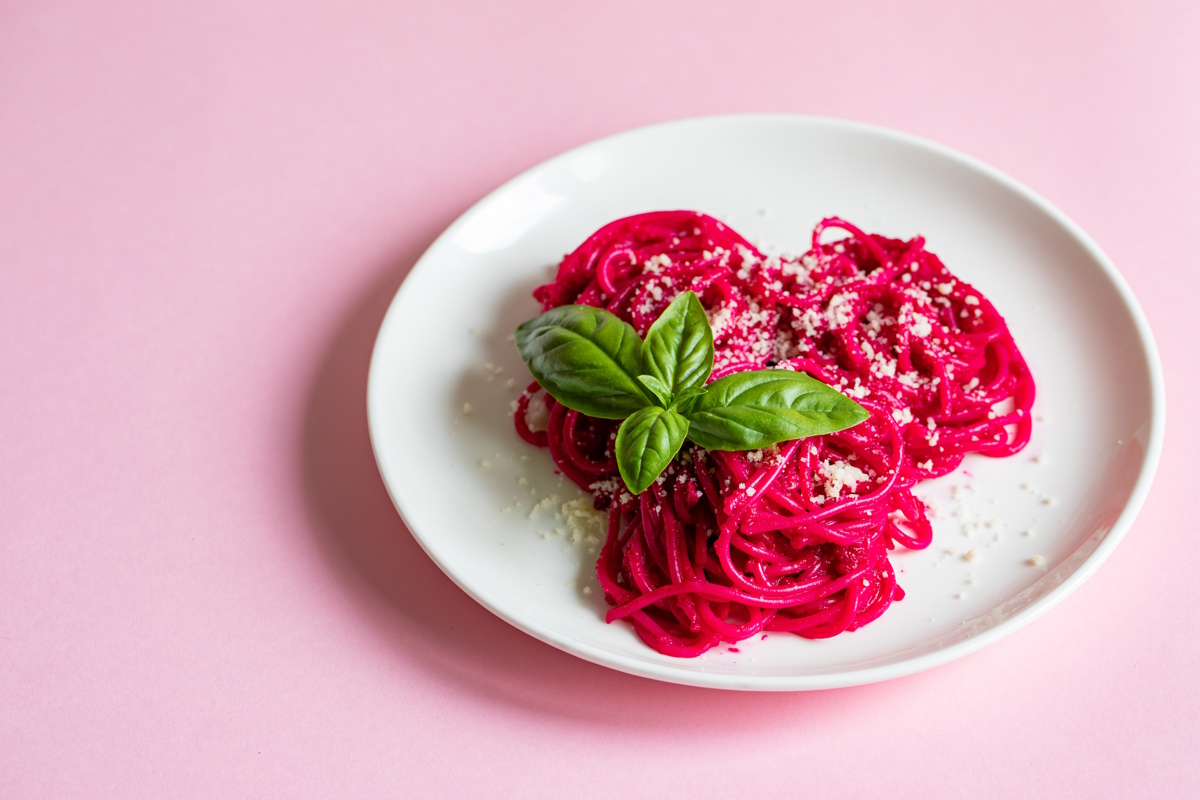
Beetroot Pasta, Barbie Themed Pasta. Pink noodles on pink background. | Image: AdobeStock
Spaghetti growing on trees
The main protagonists of one of the first April jokes broadcast on public television: spaghetti. Yes, you read that right. On April 1, 1957, the British broadcaster BBC wanted to convince its viewers that it was growing on trees. The humorous but seemingly very serious report showed spaghetti farmers in the Swiss canton of Ticino harvesting the individual strands of pasta, which were draped on the branches of the trees. So why does all the pasta grow the same length here? They claimed it was the brilliant achievement of the cultivators and centuries of tradition. Around eight million viewers watched the show and countless numbers then called the BBC to learn how to grow spaghetti themselves.
Sound interesting? One of the most original pasta stories can be found here:
Flowing pasta
It sounds like the dream of the land of milk and honey, where delicious noodles simply float by and you just have to scoop them up and enjoy. However, unlike the previous one, it is a true pasta story. In fact, it is called Nagashi Somen and is a summer speciality in Japan. The term already suggests what is so special about the thin pasta served ice-cold with soy or fish sauce. “Nagashi” means “flowing” in Japanese, “somen” is the name given to the thread noodles made from wheat flour.
In long bamboo flumes, Nagashi Somen glides past the guest in icy water. The guest needs to use some fishing skills to grab the right portions with their chopsticks. Anyone who wants to get their fill needs patience. Although restaurants in major cities such as Tokyo or Kyoto also offer the refreshing dish as an indoor option, Nagashi Somen is best enjoyed in restaurant out in nature. The most popular is called Hirobun in Kibune, a city in the northern mountains of Kyoto. Here you can fish for the flowing pasta with a view of the waterfall next door. Together with many other visitors, by the way, because this meal of patience has already become a social media hit.
World record in eating pasta
Did you once again wolf down a bowl of spaghetti with gusto and feel like you just set a new world record? Most likely an exaggeration, as the actual world record for eating noodles sounds almost impossible. Last year, a woman from the UK only took 17.03 seconds to do this. Leah Shutkever set this record with a bowl of spaghetti while Guinness World Records was present in London on August 3, 2023. By the way, this is not an one-off win, as the British woman is a professional competitive eater. The video of this pasta story is here:


